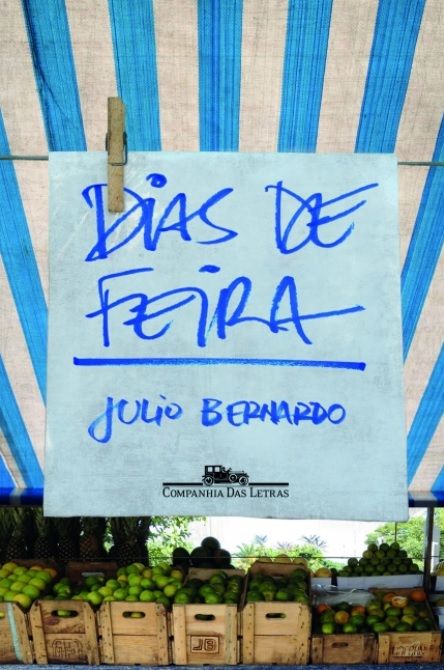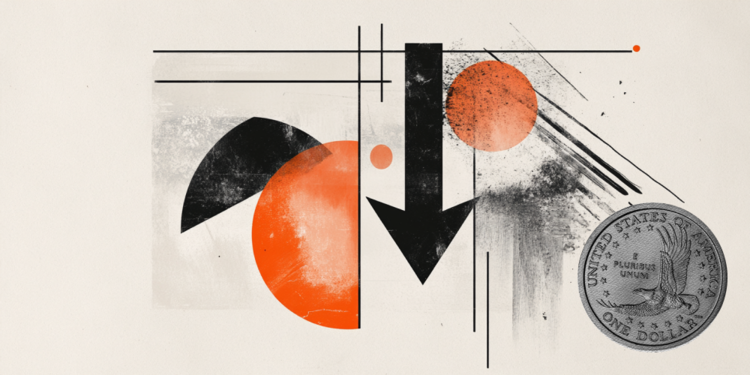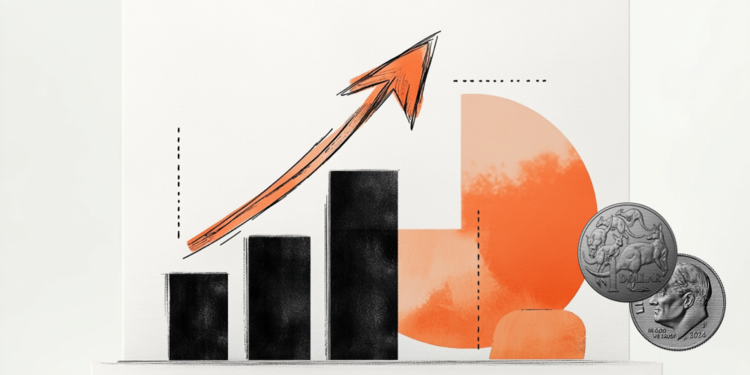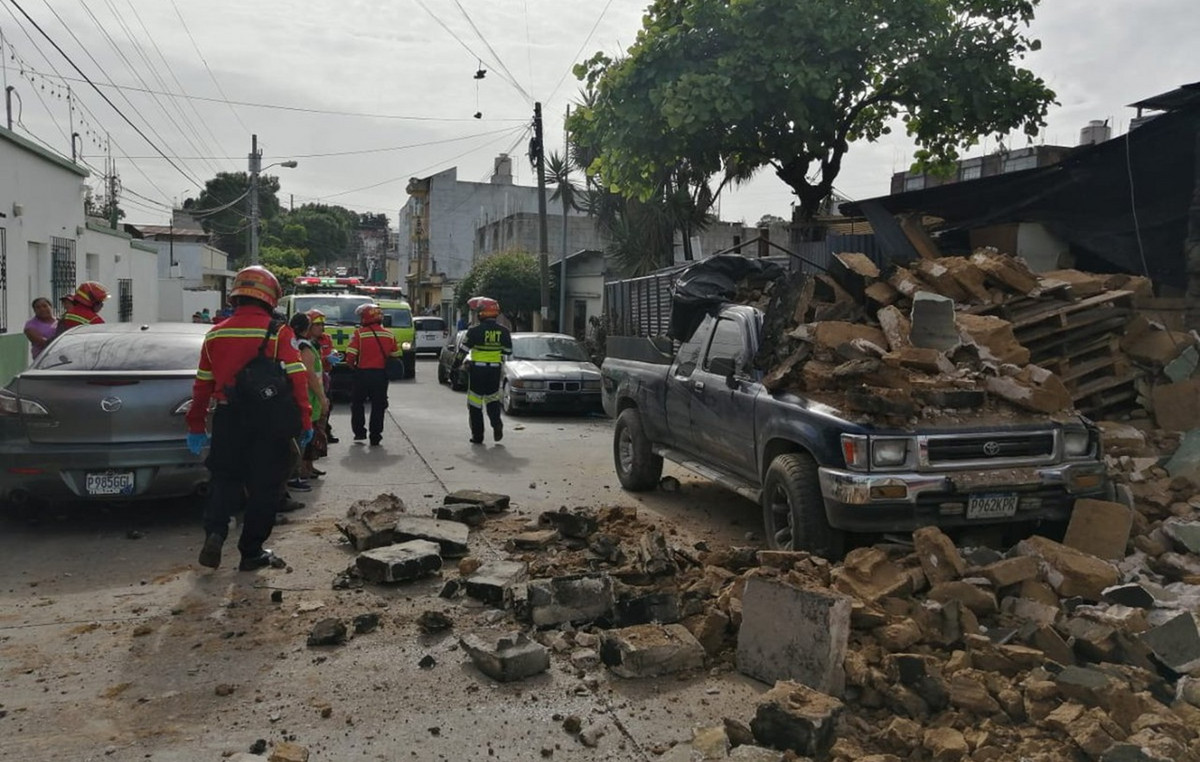The color of the tarpaulins on the benches filled with the most different fruits and vegetables; the cries of invitations and offers: “Beautiful girl doesn’t pay, but she doesn’t take it either”; the smell of warm pastries, fresh from frying…
These are typical sensations of street markets and that every Brazilian has known since childhood. But, in fact, is it only they who do the “real fair”?
This August 25th marks the Trader’s Day the date on which the first modern free fair took place in São Paulo, in 1941, following the regulation of the old “free markets”.
The practice came from rural producers, who did not know the destination of their products and began to seek more direct contact with customers.
CNN Travel & Gastronomy commemorates the date not only recovering this history, but showing how this very traditional commerce, ingrained in the Brazilian imagination, continues to transform, facing a new market and new consumer habits.
Memories and gifts of fairs
“Butchers, grocery stores, dry and wet (does that still exist?), among other businesses, disappear. But not the fair. The marketer is the resistance. The fair is free”, writes Julio Bernardo in the book “Fair Days” in a very accurate diagnosis of the sector’s challenges.
“The fair moves at cruising speed, but it is adapting. It’s an ancient practice, which doesn’t even weaken, it just knows how to change its habits”, adds Bernardo to CNN Travel & Gastronomy now a food critic and chef, who in “Dias de Feira”, released in 2014, brings together chronicles and memories of his fair days.
Son of a “bucheiro” (meat dealer, especially offal) from the Lapa fair, west of São Paulo, Bernardo accompanied his father since he was a child, in the 1970s. until the 1990s.
“It was a more romantic time,” he recalls. Bernardo also says that in the peripheral fairs in which he participated, the space was not just a commerce: without television in the community, the news traveled through the stands, and even the political campaigns took place between vegetable stalls.

Today, with the spread of hypermarket chains, the reduction of families and even a change in cooking habits, with a greater search for ready-to-eat and/or processed foods, it seems to be the community aspect that best characterizes the resistance of the fair.
At the fair, you buy directly from the producer, the merchant, valuing family farming, you can talk about seasonality, use of products… It’s a much more humane process. Everyone has their fair, the one close to home.
In addition, he says, he observes other sensitive changes, such as the sale of ready-to-eat foods (such as cut vegetables or peeled fruits), new forms of payment such as credit cards and PIX, and even the improvement of hygienic conditions for the storage of products.
“The market vendor faces all this with little or no help. It is an arduous struggle, a matter of its own survival”, he adds, also remembering that these transformations have become more dramatic since 2020, with the pandemic of Covid-19 and the consequent closing of many fairs and opportunities.
The fair arriving at the door of the house
These two years of continuous interruptions to street commerce and face-to-face meetings were a foot in the accelerator of changes at the fairs. One of the most radical is the increase in a buying practice that was already beginning to spread.
In recent years, not a few customers have been exchanging their shopping carts for cardboard boxes and the market square by the door of their own house – but without losing the concern of consuming the freshest.
They are the subscription services for fruit and vegetable boxes and baskets in which customers register on the platform and periodically receive a selection of products.
One of these companies is imperfect fruit which started in 2015, in São Paulo, with a different proposal: buying from small producers fruits and vegetables with aesthetic imperfections, which would normally be discarded, and forwarding them to subscribers for delivery, in closed baskets, with a selection made by the company.
“It is a way of making the food arrive, direct from the producer, at a fair price, but also proposing a reflection for the consumer”, he says. Roberto Matsuda, CEO and one of the creators of Fruta.
The initiative arose from the perception of Matsuda, himself the son of rural producers, combined with an awareness of sustainability. Traveling through the interior of São Paulo, he discovered the standardization of food and the consequent waste as some of the main problems facing small farmers today.
“Supermarket consumption creates an aesthetic normalization, and the producer ends up discarding items that are perfect for consumption”, he reflects.
Corn that was too big to fit in a styrofoam tray, for example, didn’t even go to the fair, for fear of running aground at the stall, but now it could be sent to consumers, through the fun experience of the surprise basket.
“It’s how we combine the new, disruptive proposal with a traditional practice of ‘doing a fair’, which is to buy what’s fresh and seasonal”, he says.
The service started timidly in 2015, operating only in the south of São Paulo, in neighborhoods known as Matsuda. “We wanted to test the idea, and also to demarcate the community aspect of the proposal”, he says.
Soon the success of the proposal expanded the network, both for deliveries and employees – but always keeping proximity and awareness as a motto.
“If the marketer gives a gift, calls the stall, we offer the experience, in addition to producing content about production, creating recipes, all in the sense of creating knowledge about food and its cycles”, explains Matsuada.
Resistance of the sense of community
These translations can also be observed in another initiative that combines the new and the traditional, between e-commerce and the street fair: the Local Board which since 2014 has promoted contact channels between producers and consumers in Rio de Janeiro.
“It is important to understand that the marketer today is not just a person who harvests and sells. He ends up having to participate in several networks”, he explains. Thiago Nasser , co-founder of the Junta. With this in mind, the group’s proposal was to help small producers who had difficulties in accessing a consumer market that has become more heterogeneous and spread out, in addition to being digital .
Besides the Virtual Bag, where individual products can be purchased, in April of this year, the subscription modality was inaugurated, with shipment of boxes assembled by the Board. This without forgetting the physical fairs, where food producers, inputs such as cheeses, breads and sausages participate, in addition to various gastronomic initiatives.
“It’s a question of the producer’s self-esteem. It’s enjoying being on the street, it’s being proud to expose your work. It becomes a kind of addiction”, says Nasser.
Today, there are about 180 gathered , as the project’s collaborators are called. The fairs take place every weekend, on an itinerant basis, each date in a different location in Rio.
This occupation of the city is an important aspect of the fair, which also helps to establish links with local communities and create others, around the production
Thiago Nasser, co-founder of Junta Local
In the Board’s view, being local is not a matter of geography, but of processes. “More important than geographic data is the connection with the proposal”, explains Nasser.
In the same way, the initiative makes us think the same in relation to “being a fair”: more than respecting some model or tradition, the free fair can be everything that brings producer and consumer closer, that values seasonality and proximity, and that produces relationships around the act of buying food. If you still have pastel and cane juice, even better.
Source: CNN Brasil







